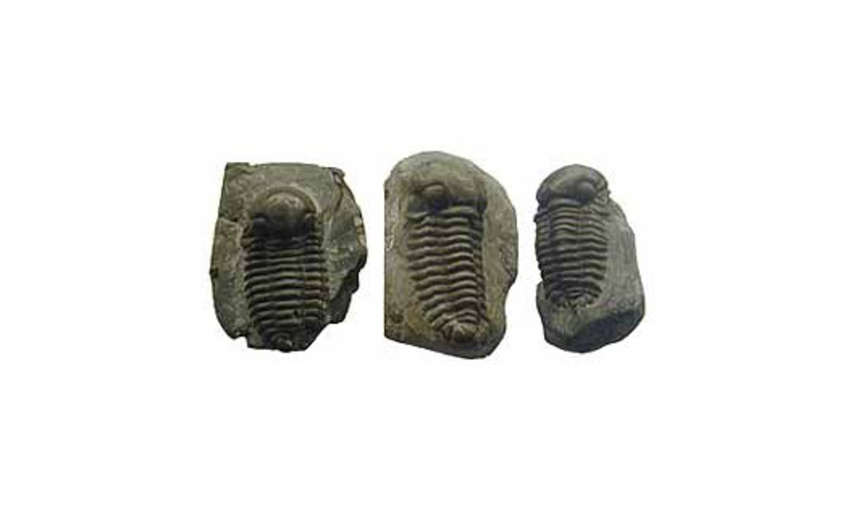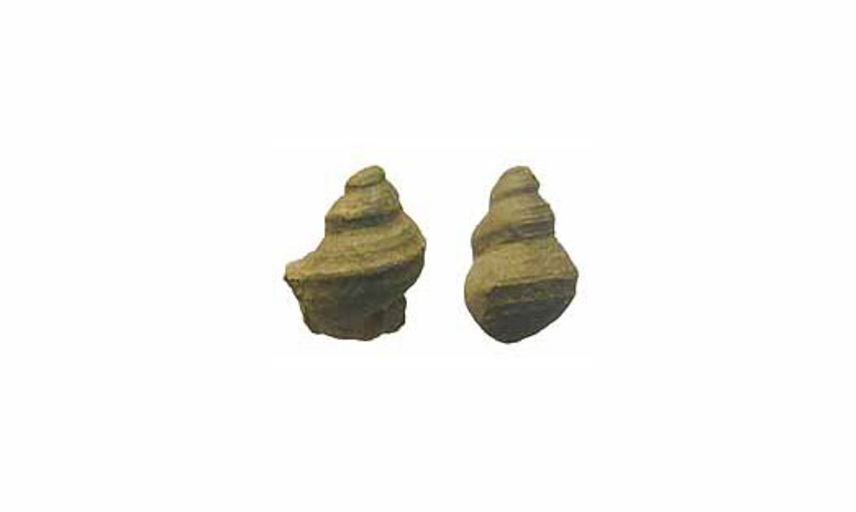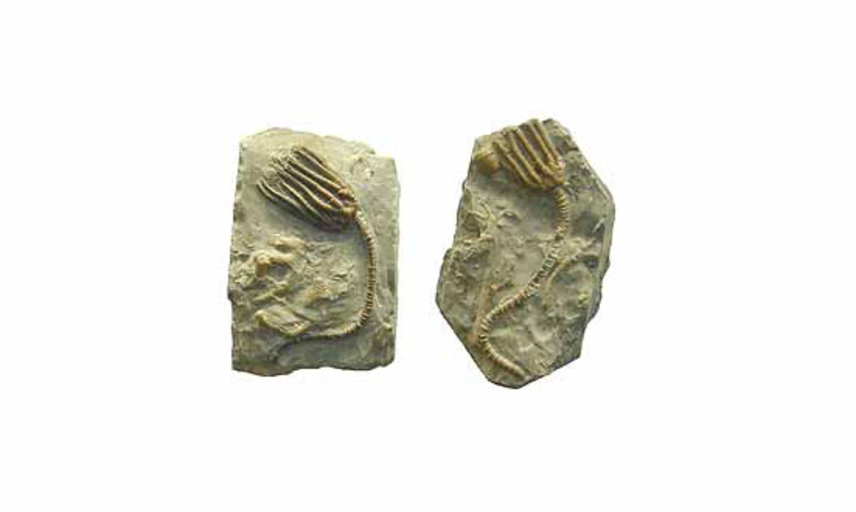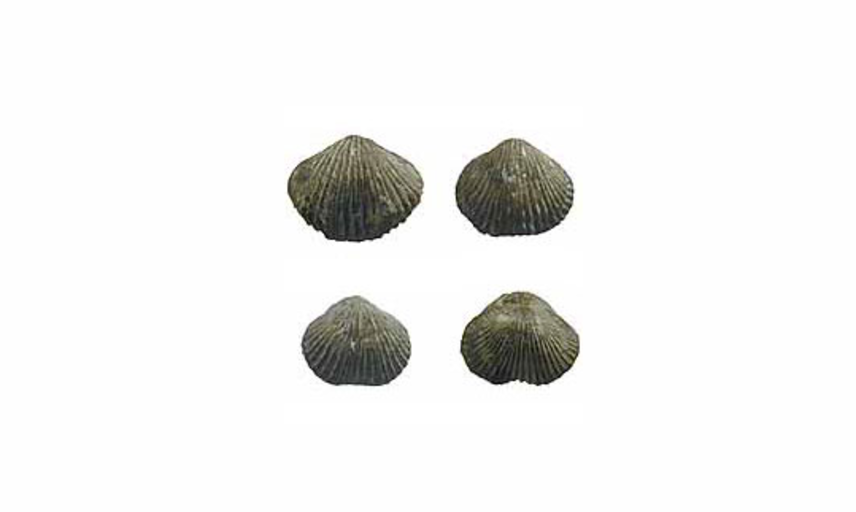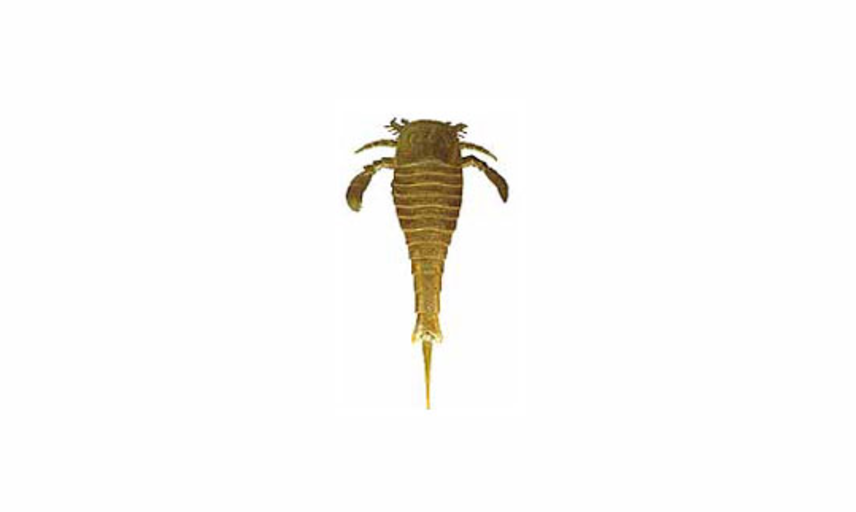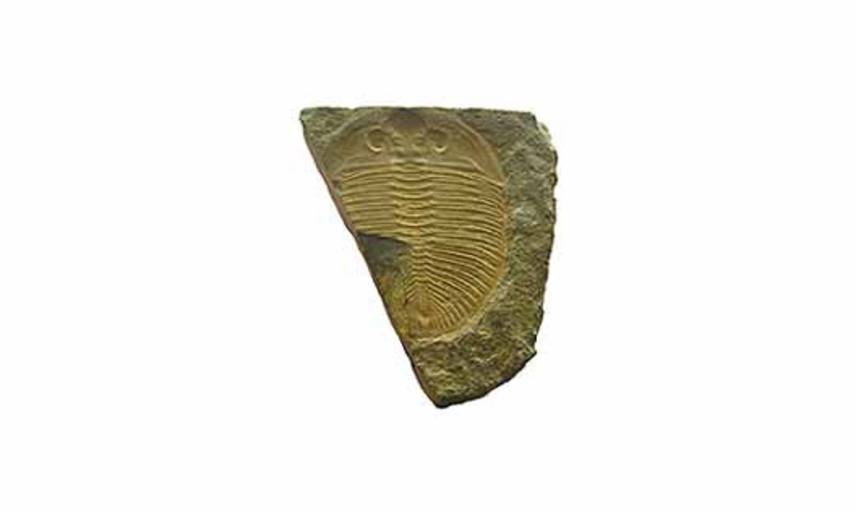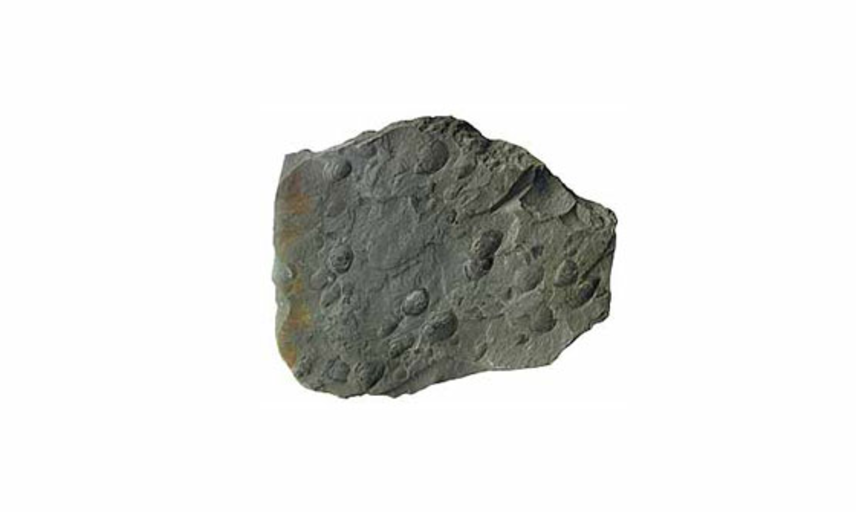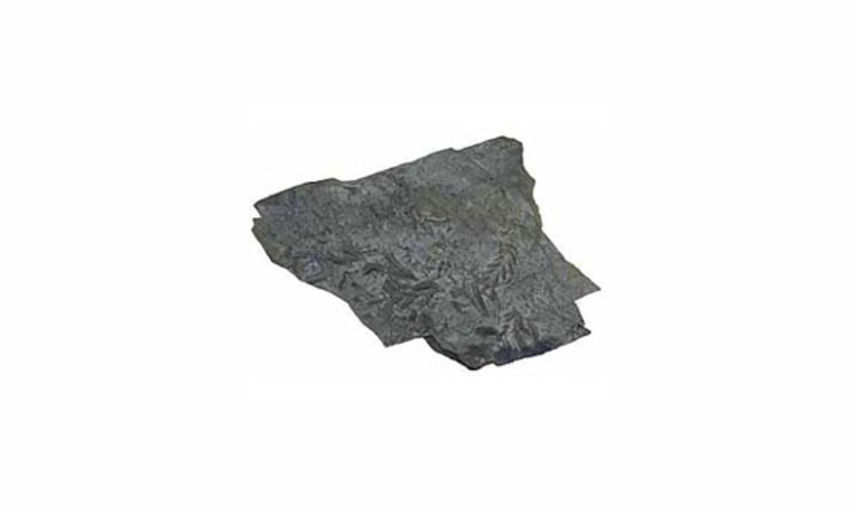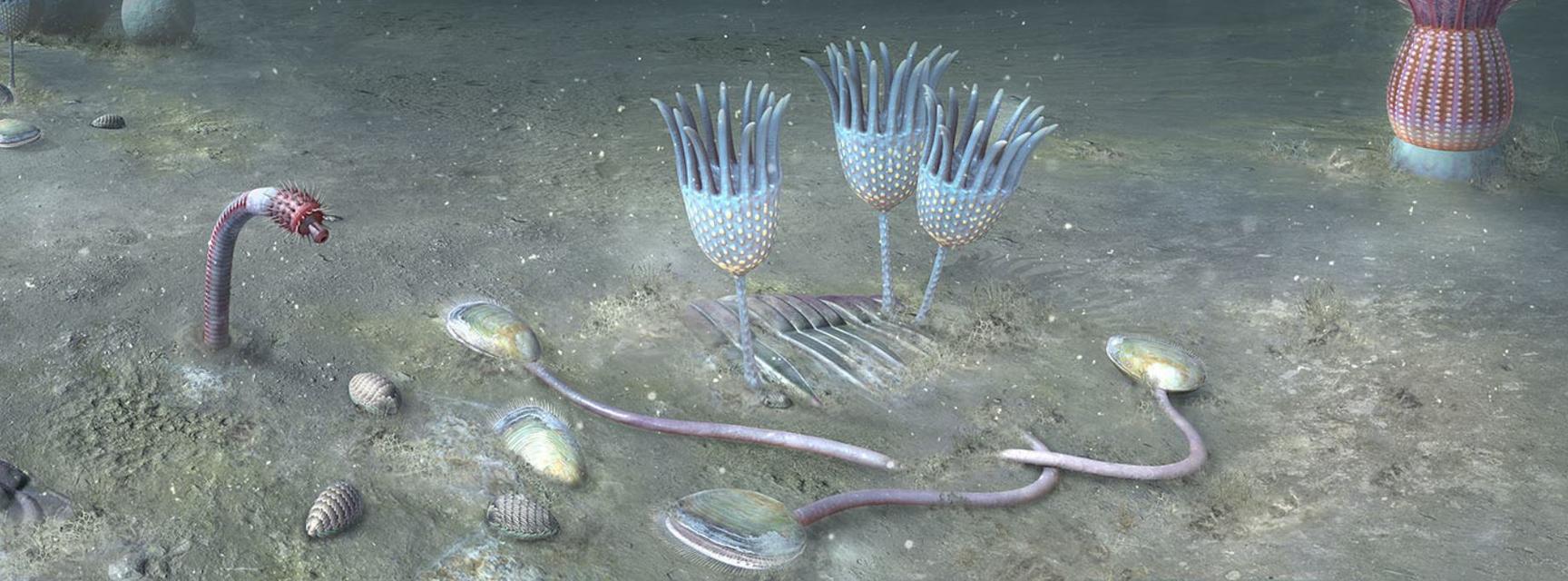The Silurian, Ordovician and the Cambrian
When: 543 to 417 million years ago.
Animals: Invertebrates like trilobites, graptolites, molluscs, brachiopods, echinoderms, corals, and sponges. Vertebrates (animals with back bones) also appear in the Cambrian, fish-like creatures swim in the oceans for the first time. All these animals live in water: there was no animal life on land at this time.
Plants: Seaweed, and other algae grow in the oceans; primitive plants move onto land in the Ordovician.
Firsts: The first complex animals with hard body parts appeared in the Cambrian period. Before this all animal life was soft-bodied!
Lasts: The strange and fearsome predators Anomalocaris and Opabinia, which swam with fleshy lobes along their bodies, became extinct by the end of the Cambrian.
Notes: Most plants and animals lived in the sea, but some moved onto land and into freshwater in the Ordovician.
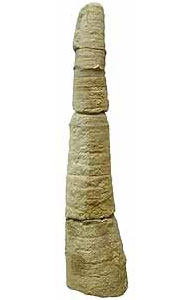
It is a type of mollusc called a nautiloid. Nautiloids are related to ammonites and other animals like squid. This one was found near Ludlow in Shropshire and is from the Silurian period. It is just over 420 million years old.
This type of nautiloid has a long straight shell. Most fossil, and all modern, nautiloids have coiled shells, and look more like ammonites..
Do you know what these fossils are?
About this resource
Science topic: Fossils, Rocks, Evolution
Key Stage: KS2
Type: Information, Activity
Keywords: Silurian fossils, Ordovician fossils, Cambrian fossils, first invertebrates, Cambrian first fish, Ordovician first plants,

